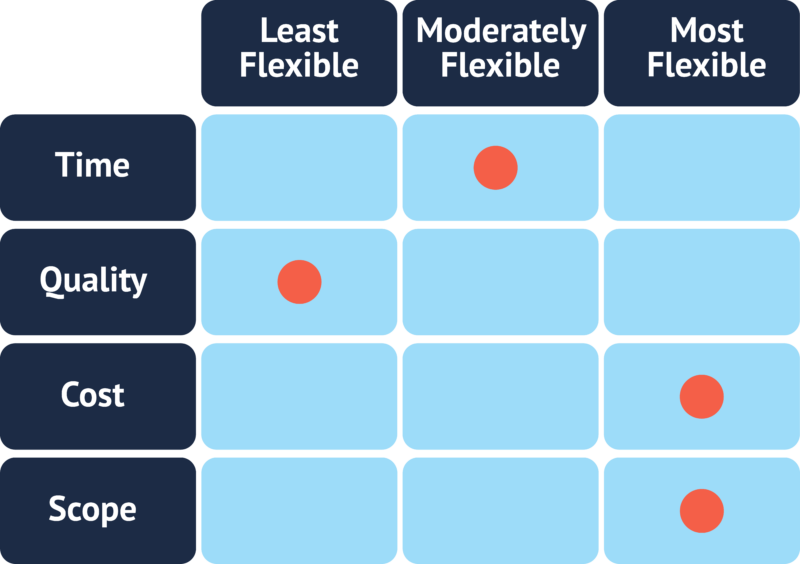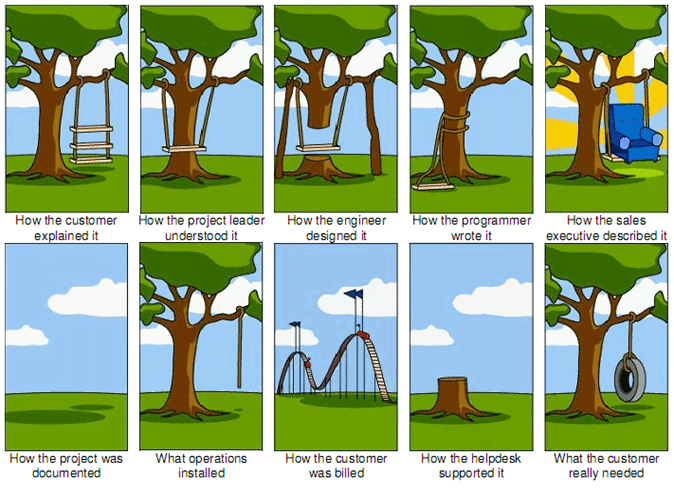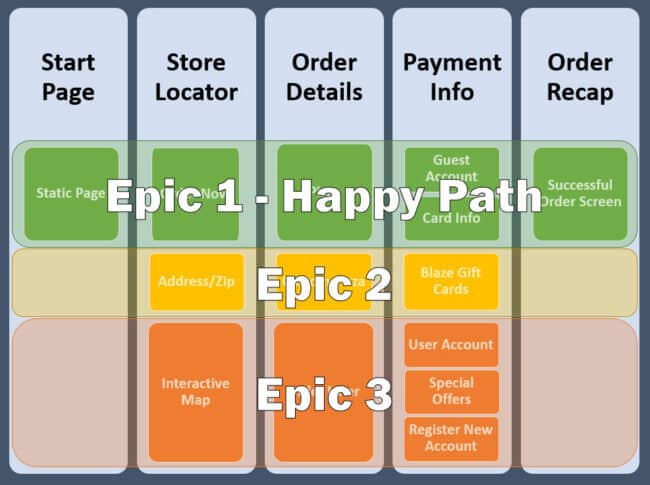As we work closely with clients across industries, our management consultants at InfoWorks often see professionals who are not full-time project managers called upon to lead teams and deliver results.
Without project management skills – including training on the processes, tools, and leadership qualities that one needs to manage projects and enhance delivery value, this can be a daunting task. The challenges alone often prove why project management is important!
The Role of Project Management
The role of project management is to mitigate risks and eliminate obstacles to ensure the project stays on track. Within an organization, projects are created to evolve an aspect of an organization’s people, process, product/service, operations, or infrastructure. Today, almost every industry is experiencing an accelerated pace of change never seen before, making project management a critical discipline.
4 Reasons Why Project Management is Important
1. Project Management Mitigates Risk
Risk management is a critical aspect of project management. Risk will occur in any project, and it could be either positive or negative. Project management is responsible for defining and tracking project risk triggers at the beginning and throughout a project. Once risks are defined, the team can either accept risk, limit risk, avoid risk, or transfer the risk.
Defining Types of Risks
- Risk acceptance occurs when a risk is identified and, after careful consideration, it is determined that the level of risk is acceptable when compared to the benefits that would be gained from the project or initiative. An informed decision is made to move forward despite the risk involved. This is common in the business and investment fields and is also sometimes known as “risk retention”.
- Risk avoidance indicates a low tolerance for risk and the desire to eliminate exposure to it. It is employed in situations where the risks are greater than the benefits one hopes to achieve, leaving the project not worth pursuing.
- Risk limitation, or risk management, is a strategy employing a bit of risk acceptance along with a bit of risk avoidance, or an average of both. A company might limit risk by creating a backup of important files to avoid data loss in the event of a service outage. Another example might be requiring signed compliance agreements from employees or limiting user access on platforms.
- Risk transfer, or sharing of risk, is a facet of risk limitation that involves reducing risk to a tolerable level by sharing its impacts across other elements or entities. In manufacturing, this is sometimes accomplished by contracting out certain components of the operation, thereby passing the risk on to another company.
If risks are not proactively managed, they have the potential to become an issue and completely stall a project until resolution, delaying delivery time, increasing project cost, negatively impacting anticipated benefits, and/or completely ending the project.
2. Project Management Helps Facilitate Communication
Communication is the absolute center cog of the wheel for any project. Facilitating communication as a project management involves:
- Identifying audiences.
- Establishing key messages by audience.
- Determining methods, timing, and cadence for different types of communication and updates.
- Defining points of escalation.
- Assigning decision makers.
An project management professional knows the importance of effective communication and the role it plays in project success. If communication breaks down, key stakeholders, delivery teams, and end users may all have differing understandings of expectations and goals. In this situation, it is likely that someone is going to be unhappy with the product delivered.
Successful project managers assign decision makers as a strategy to facilitate communication. A decision maker should specifically be assigned for high-risk components of a project, like compliance or quality-related elements.
3. Project Management Aligns Stakeholders
First, let’s define who a stakeholder is. Project Management Institute (PMI) defines a stakeholder as “individuals and organizations who are actively involved in the project, or whose interests may be positively or negatively affected as a result of project execution or successful project completion.”
Because stakeholders are especially impacted by the success or failure of a project, project managers must get into the mindset of stakeholders. This is essential to promote buy-in and set expectations appropriately. To ensure stakeholders stay informed and aligned, prior to the project start date, the project management process will:
- Map individual roles and their level of importance, identifying drivers, influencers, and others who need to stay informed.
- Map each stakeholders’ priorities and potential risk levels.
For example, on an application development project for a healthcare provider, a nurse trained to execute immediately to avoid negative outcomes and an IT professional trained to work slowly and methodically, may differ in their approach and priorities. Understanding the different goals and approaches of the various stakeholders allows for projects to progress more smoothly.
Consequences of Stakeholder Misalignment
Failure to prioritize stakeholder alignment can result in significant project delays, costly reworking of components, frustrated team members, and more. Unhappy stakeholders may even ask for the project manager to be replaced. In summary, stakeholder management is vital for project success as it ensures alignment, secures support, identifies risks, enhances decision-making, fosters communication, facilitates adaptation, and contributes to the organization’s reputation.
4. Project Management Encourages Flexibility
Flexibility is the underlying key to executing a project successfully. Effective project management takes a flexible approach to meet stakeholders where they are. This may mean finding ways to leverage existing meetings for key stakeholders with full calendars, or bringing creativity to execution.
Rigidity or lack of flexibility in the project management approach inhibits a team’s ability to react to roadblocks, effectively identify and manage risks, contain costs, and reach successful outcomes. Additionally, flexibility supports team cohesion to reach project targets with more consistency, as well as reducing stress.
Projects that involve both technology and operations often require flexibility of approach. One might run into a situation where they experience limitations with their technology in its current state. However, the same or a similar desired outcome might be possible by implementing an operational modification or process action.
A simple but valuable tool to encourage flexibility is a flexibility matrix. The image below is simple but outlines how areas of flexibility can be identified at a project’s onset so that it can adapt if any roadblocks or “bumps” in the project are encountered.

What Are the Benefits of Project Management?
The benefits of project management are many. Prioritizing project management improves project results by mitigating risk, facilitating communication, managing stakeholders, and encouraging flexibility. These are key elements of success for all types of projects.
As your organization embarks on its next major project, consider how you can experience the benefits of project management by incorporating its processes and best practices. Our business management consultants specialize in helping organizations with change management and process and workflow improvement through expertise in project management. Reach out to discover what’s possible.






